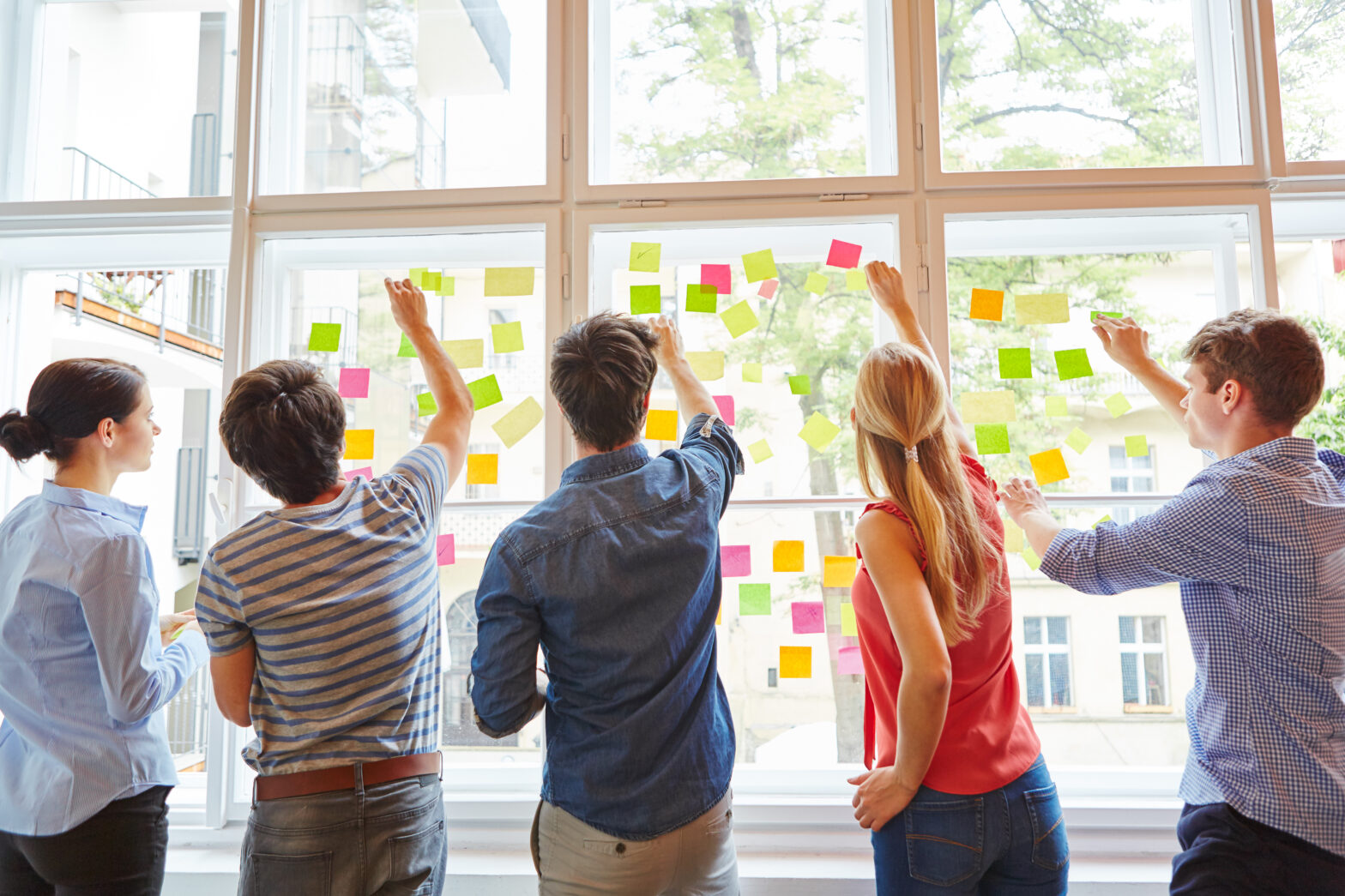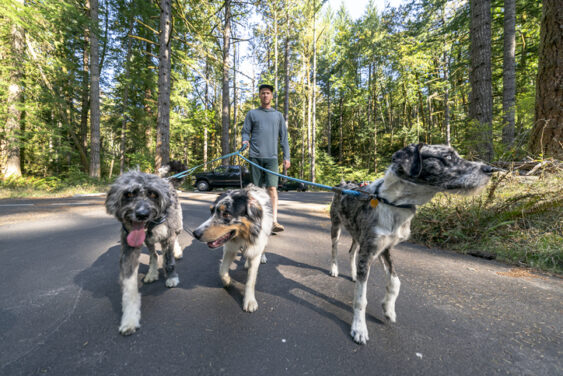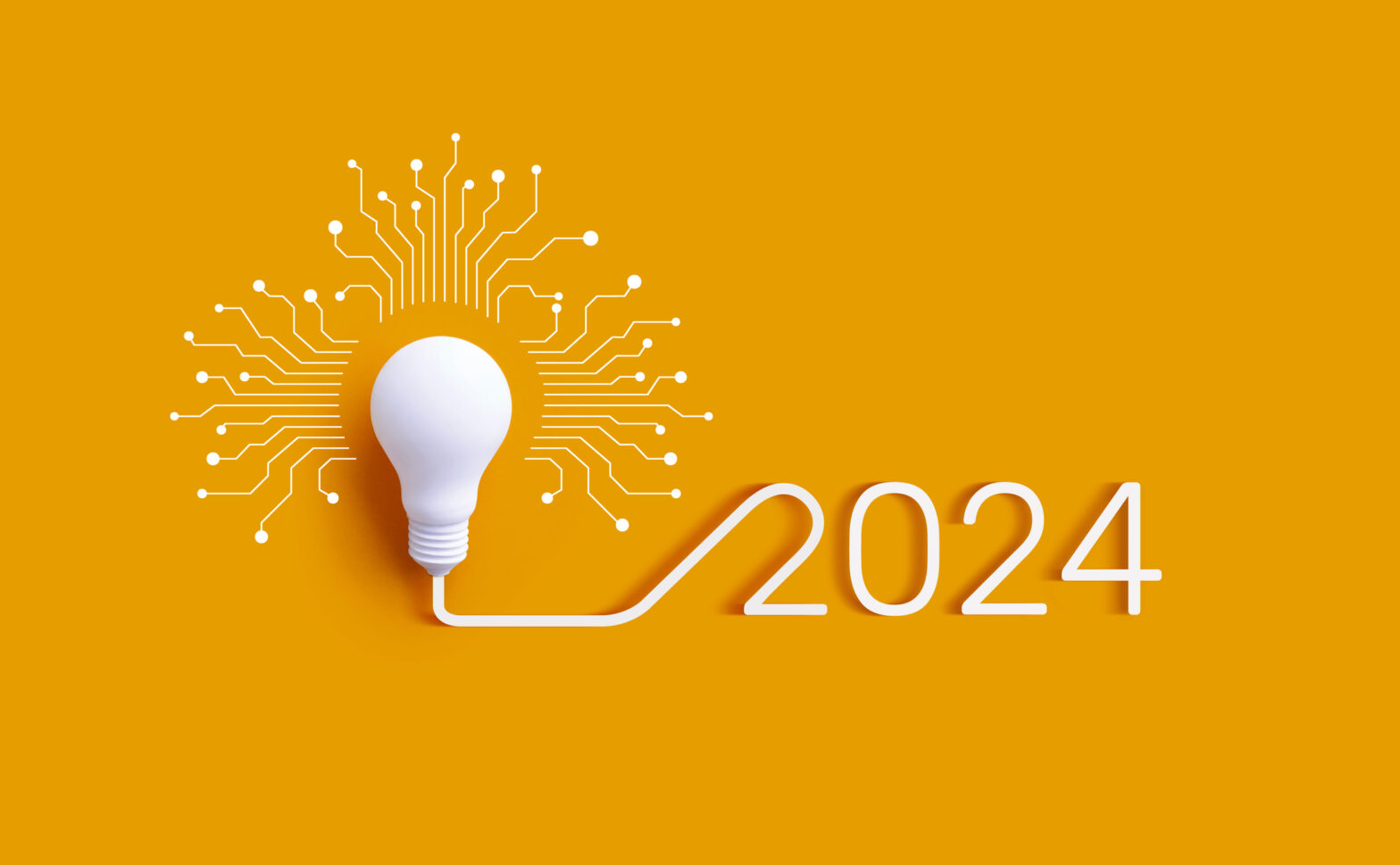Many people assume that a brainstorming session is about developing a great idea that will change everything. But the most effective way to brainstorm is actually to think of as many ideas as possible, regardless of how good they are. For once, it is about quantity, not quality.
Nick Pollitt, managing director of office furniture provider DBI Furniture Solutions, has put together some of the best ways to ensure your brainstorming sessions are fun and productive.
The people numbers
The first rule of a brilliant brainstorming session is the number of people you have in the room. Too small, and you might not get the number of ideas you want. Too many, and you could lose control of the meeting.
Follow Jeff Bezo’s pizza rule. At Amazon HQ, no brainstorming session has more people than two pizzas can feed (between 5-8 people). Bezo swears by this rule, and you should too.
The people factor
Numbers are one thing, but diversity is another. A brainstorming group of the same people from the same background and similar experience will produce no new ideas.
However, when you invite new people in from different areas of the business, their fresh perspectives will make a huge difference in the quality and variety of thoughts that appear on the ideas board.
Pre-meeting planning
If you want to get the best out of your brainstorming meeting, plan it well in advance, giving context and goals.
You’ve probably noticed, but spontaneous meetings do not always deliver the best results. That’s because your team has not had time to process the goals of the task, or prepare their initial thoughts before going in.
It’s essential that you give your team time to prepare. If you do, your brainstorming session will go much smoother and better ideas will be developed.
We all need bad ideas
It may sound strange to say that you need bad ideas, but you do. Everyone has bad ideas, and that’s a good thing. Creating an environment where bad ideas are expressed, means you get more ideas out in the open. Remember, brainstorming is about quantity, not quality.
Once all of the good, mediocre and truly terrible ideas are out on the table, it’s time to break and build. A good idea never comes out perfect first time, it needs shaping. Turn that list of bad ideas into amazing ideas through discussion and collaboration.
Wordstorming
A constant discussion with no break can make a brainstorming session stale. Try playing word games to break out of those traditional mindsets and develop fresher ideas.
A wordstorm begins with you writing down one word related to the topic and then brainstorming more words related to that first word. It can include the function of the word, its aesthetics, how it is used and any metaphors or similes related to it.
Put your new words into groups based on how they are all related to each other. From there, brainstorm ideas from each of those new groups, and if you find yourself stuck in a rut again, repeat the process with one of your new words. A whole new range of ideas should come to the surface.
Create a mood board
If you need a way to inject new energy into your session, consider adding some colour by creating a mood board. Combining imagery and colour using a visual-spatial arrangement helps to inspire emotions and feelings, sparking fresh ideas and improving information recall.
A mood board is a random collection of words, images and textures related to a topic and is similar to a mind map. You can create a physical mood board, or you can use tools like Pinterest to create a digital one.
Doodle it
Sunni Brown, the author of The Doodle Revolution, says, ‘When the mind starts to engage with visual language, you get the neurological access that you don’t have when you’re in linguistic mode.’
Another way of breaking out of the traditional mindsets that dog brainstorming sessions is to doodle your way to the answers. Brown gives two suggestions in her book. The first is to take an object and break it down into its smallest parts.
Take a car for example. You might draw the wheels, body shape, gear stick, badge. By visualising all of the elements of the object and the environment it lives in, it will help you view the object in a fresh way.
As an alternative, you can take two unrelated items that may connect to your topic or theme and break them down into their separate parts. Once you’ve done this, combine their parts to make something new and random. Your creation may be strange, but it should aid you in finding new angles for your topic.
Gives these techniques a try and see if they improve your brainstorming sessions. You may have your own methods that you prefer, but no matter what works for you, it’s always a great idea to experiment.
The right environment
One of the key factors of an effective brainstorming session is the environment it’s held in. Creative thinking is impossible in an uncomfortable meeting room with little audio/visual inspiration, and meetings in this kind of situation are almost always fruitless.
Updating and upgrading your office is one of the best investments you can make when it comes to unleashing your team’s true potential.





